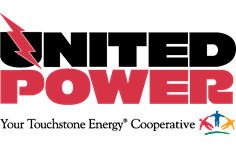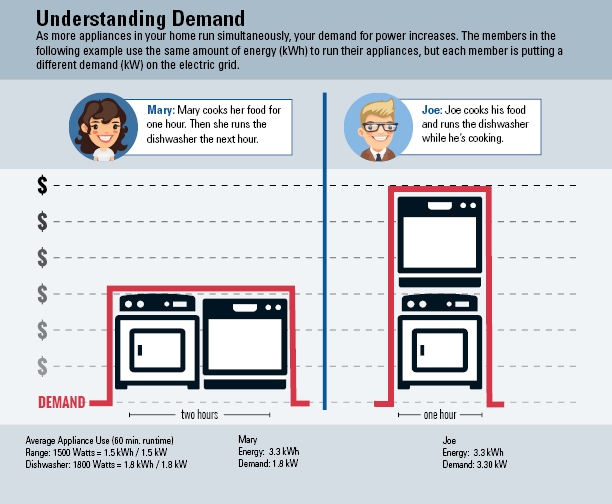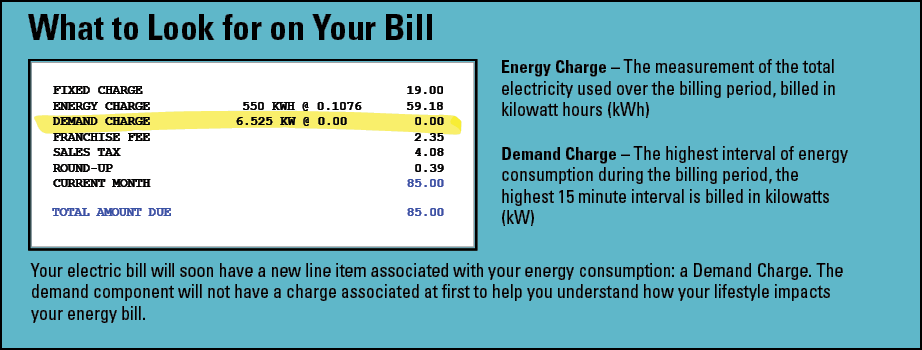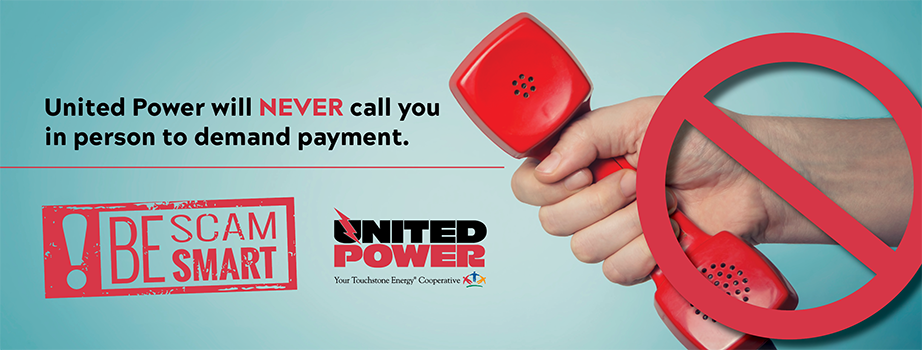In June, United Power proudly joined with local electric cooperatives from around the country to sponsor teenagers from small towns and cities to spend a week in the nation’s capital learning about the political process and interacting with their elected officials. The Electric Cooperative Youth Tour has been a tradition among cooperatives since the late 1950s.
The origins of the Youth Tour date back to the National Rural Electric Cooperative Association’s 1957 annual meeting in Chicago, where keynote speaker and future president Lyndon B. Johnson suggested sending youth to the capital to “actually see what the flag stands for and represents.”
What began with a small group of 34 students from Iowa in 1958 has since ballooned to nearly 2,000 students from 42 states. To date, nearly 50,000 students have participated in the program.
This year, United Power sponsored three local students to represent the cooperative during the 2018 Youth Tour – Hannah Rockwell of Weld Central High School, Jordyn Saffy of Eagle Ridge Academy, and Megan Lewis of Frederick High School.
Between meetings with elected officials, learning the value of the cooperatives they represent and developing leadership skills, students were able to spend time touring some of Washington D.C.’s landmarks and memorials. Before flying out, Colorado students were also treated to a high-voltage safety demonstration at United Power’s headquarters in Brighton, Colo.
Each year United Power selects three ambitious high school students to attend Youth Tour. Applications to represent the cooperative during next year’s tour will be available in December.




